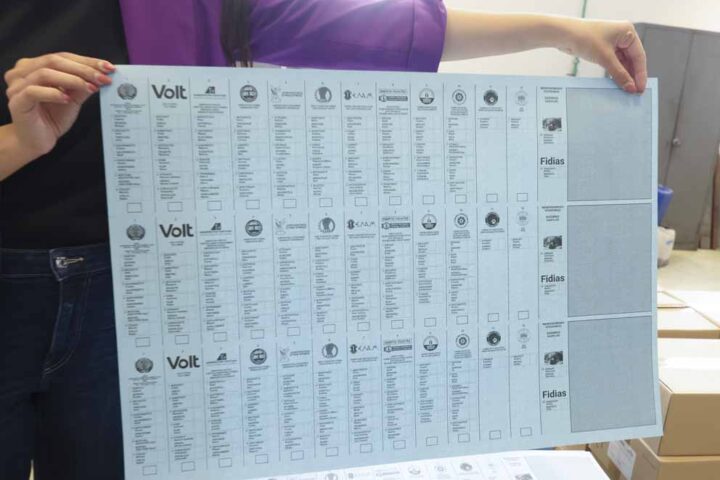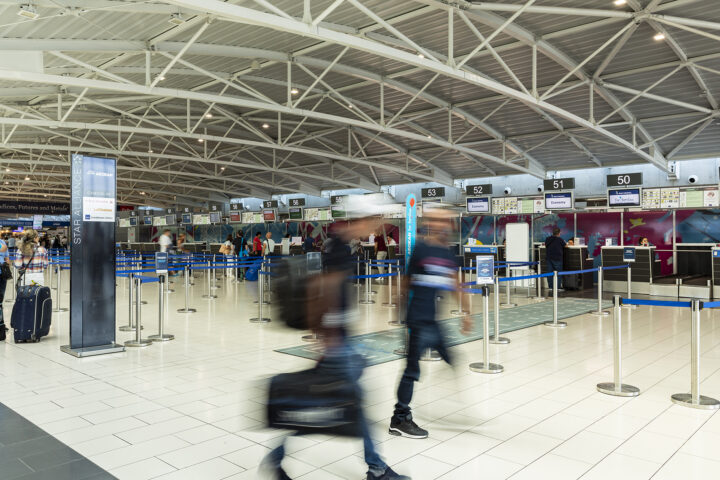The 2009 World Food Day on 16 October is marked by an EU stronger than ever in its commitment to improve access to food around the world. With the commitment made at the G8 meeting in Aquila for more than € 2 billion, in addition to the 'EU €1 billion Food Facility', the EU is the world's biggest contributor to global food security.
"World Food Day must serve to remind each and every one of us that we must do everything we can to prevent more than a billion people from going hungry. To meet the challenge, the EU's €1 billion Food Facility is delivering fast and tangible results by giving small-scale farmers across developing countries the seeds and fertilizers needed to boost their agricultural production. We will build on the experience we have gained in implementing the Food Facility to ensure the new pledge made at the G8 summit in Aquila is just as effective in battling global hunger", said Karel De Gucht, European Commissioner for Development and Humanitarian Aid.
More than one billion people in the world are malnourished; that's 15% or one sixth of all humanity. This figure is on the rise in the wake of the food and financial crises. Food insecurity thus represents a real threat to achieving all the Millennium Development Goals (MDGs) of ending abject poverty by 2015.
The EU has put food security, agriculture and rural development at the heart of its assistance to developing countries, giving rapid and massive support to tackle the increasing hunger in the world. Its engagement in the L'Aquila Initiative on Global Food Security this year is a concrete result of this. The EU will contribute with 2.7 billion euro within this initiative, making the EU the biggest contributing partner. Already 85 percent of the €1 billion Food facility has been dispersed showing that the EU remains strongly committed to improving living conditions for the poorest across the world and that it delivers on its promises.
Since its launch in December last year the €1 billion Food Facility is estimated to have reached over 33 million people through its initial ongoing projects – and the results are starting to show. For example, in Zimbabwe, 26,000 tons of seeds and fertilizers have been procured for distribution to 176,000 vulnerable farmers – representing between 10 to 15 percent of communal farmers in the country. This joint effort between the EU and the Food and Agricultural Organisation of the United Nations (FAO) has the potential to double traditional food production.
In Bangladesh, a joint programme with the World Food Programme (WFP) has already resulted in 43,000 additional individuals now having access to fishing opportunities and a further 60,000 now live in areas protected from salt water intrusion.







